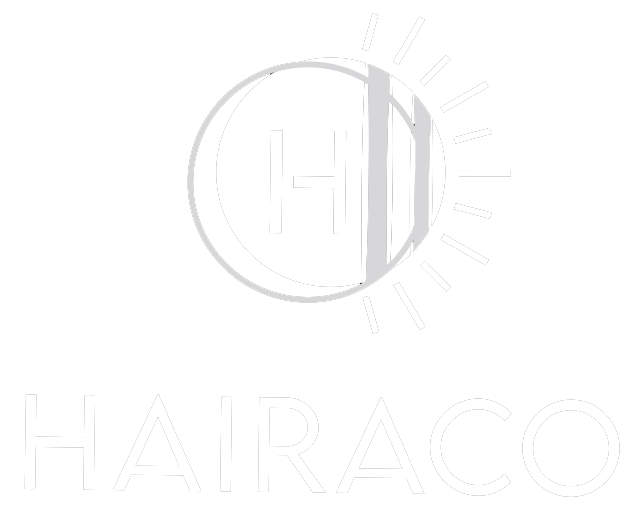Hair coloring boards, sometimes called balayage boards or color paddles, have become an essential tool in the arsenal of hairstylists aiming for precision and creativity. These boards allow for meticulous color application, especially when dealing with intricate techniques such as balayage, ombre, and foiling. Below, we’ll explore various techniques for mastering hair coloring boards to achieve stunning color placements.
Understanding Hair Coloring Boards
Hair coloring boards are typically flat surfaces, sometimes ergonomically designed with a slight curve, and are used to provide a stable base when applying color to sections of hair. They help to isolate the section being colored, allowing for more control and precision, especially when working on freehand techniques. These boards come in different sizes and materials, allowing stylists to choose the one that best fits their style and client needs.
Balayage Technique
Balayage is a freehand painting technique that creates a natural, sun-kissed look with softer, less noticeable regrowth. The use of a hair coloring board is crucial here. To achieve the best results:
- Sectioning: Begin by sectioning the hair and isolating the pieces that will receive the balayage treatment. Clip away the rest to avoid any stray hairs getting into the colored sections.
- Board Placement: Place the hair coloring board underneath the sectioned hair. The board should provide enough tension to keep the hair flat and steady.
- Application: Using a balayage brush, apply the color or lightener onto the surface of the hair in sweeping motions. The board ensures an even distribution of color and prevents any seepage onto other sections.
- Feathering: Feather the color at the roots using a lighter hand to create a more natural transition. The board allows for precise feathering, ensuring a seamless blend.
Ombre Technique
Ombre involves a gradual blending of one color hue to another, usually moving shades from dark to light. A hair coloring board can make this gradient effect easier to achieve:
- Preparation: Divide the hair into smaller sections based on where you want the gradient effect to start and end.
- Board Setup: Place the hair coloring board underneath the section to be colored, ensuring it lays flat against the scalp for accuracy.
- Graduated Application: Apply the lightening agent or dye to the ends first, where the lightest color will be. Gradually work your way up, using the board to maintain tension and control.
- Blending: Use vertical strokes to blend the colors smoothly. The edge of the coloring board can help you avoid harsh lines, ensuring a soft transition between hues.
Foiling Technique
Foiling is excellent for achieving precise highlights and lowlights. Hair coloring boards are particularly useful in this technique to prevent color bleed:
- Sectioning: Create small, thin sections of hair that you wish to highlight or lowlight and place a foil underneath each section.
- Placement and Tension: Rest the hair on the coloring board to hold it taut. This provides a steady platform for the foil and color placement.
- Application: Apply the color evenly to the hair using the board for support. Fold the foil around the board to get a clean, tight wrap that holds the color in place securely.
Tips for Professional Results
To achieve professional results with hair coloring boards, consider these tips:
- Choose the Right Board: Depending on your technique, pick a board with the appropriate size and shape. For more extensive sections, a larger board would be ideal, whereas smaller boards work better for detail work.
- Keep Boards Clean: Clean your hair coloring boards regularly to ensure there is no color residue that might affect future coloring processes.
- Stay Consistent: Practice consistency in your strokes and pressure when using a coloring board to ensure even color application and blend.
- Invest in Quality Tools: High-quality boards, such as those offered by Hairaco, can significantly improve your ease of use and final results.
By mastering the use of hair coloring boards, you can elevate your color application techniques and deliver more sophisticated and precise results for your clients. Whether you’re performing balayage, ombre, or foiling, these versatile boards are indispensable for achieving professional, creative color placement.

